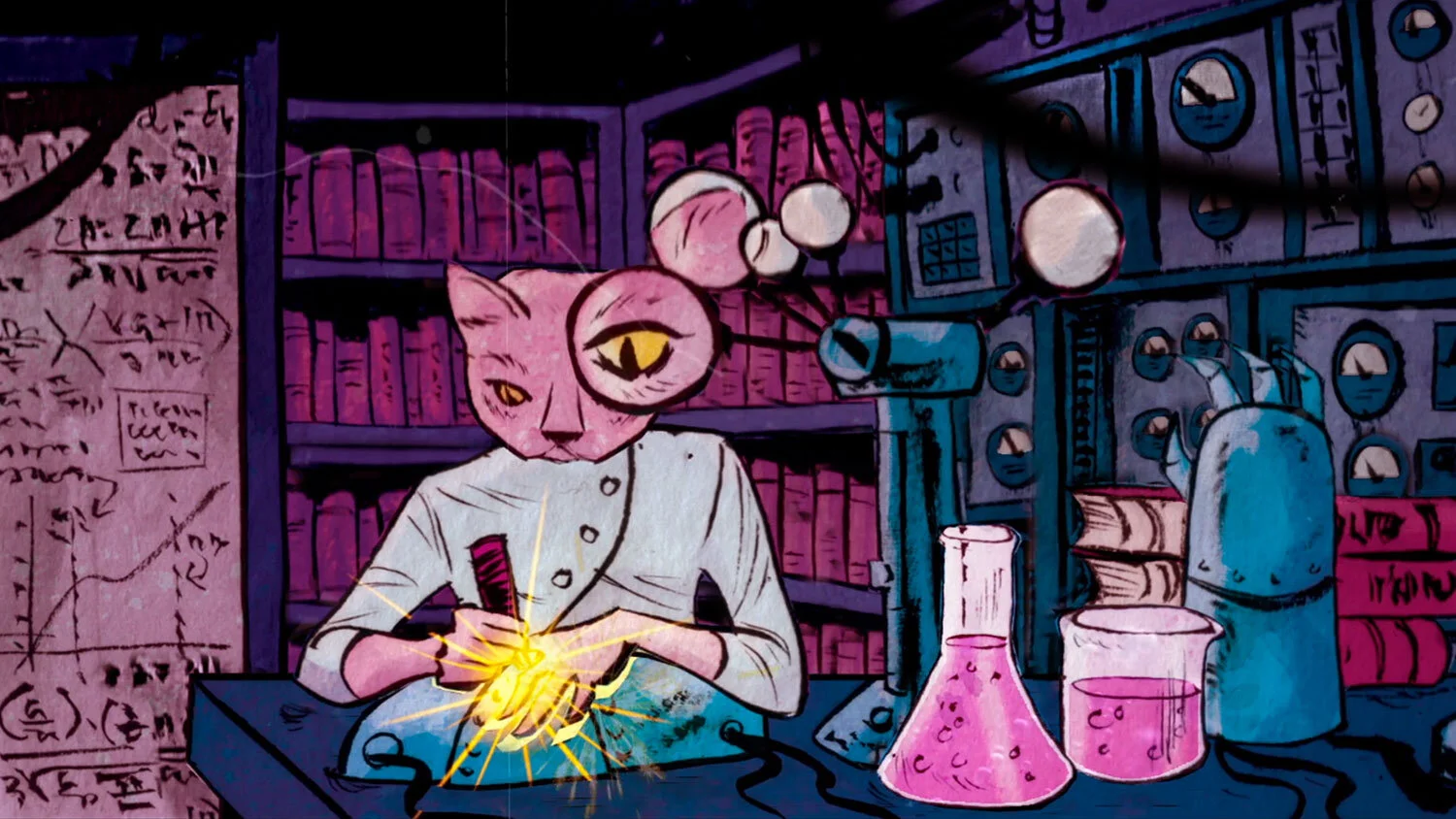Digital Art: The Revolution
Image Courtesy: Adri Torres
We live in a digital world. The rise of technology in the 21st century has completely transformed the way in which we think, create and consume. And the art world – far from being sheltered inside the walls of galleries and institutions – has been undergoing a metamorphosis of its own. Digital technology has not only expanded the potential for creating new forms of art – it has changed how the industry operates. From CGI software, to Instagram and virtual auctions, it has affected how art is created, promoted, bought, sold and CONSUMED. Animators and film makers, for example, have also found new channels to showcase their work and connect with new audiences. From Tik Tok to Instagram reels, now there are infinite platforms where creatives are thriving and inspiring others.
We spoke with Adri Torres a Visual Development Artist and Motion Designer originally from La Rioja (Spain). He grew up looping Disney and Pixar movies and like it happened to most of us, he played his favorite films over and over again until almost memorizing the dialogues and songs. Adri grew in the "Disney Renaissance (1989-1999)", where films such as The Little Mermaid, The Lion King, Aladdin, Pocahontas, Hercules, among others, served as inspiration for his future projects such as "Youcute", where kitties and puppies speak and have human characteristics. He’s worked with the NEKO Productions team in LA designing and animating music-videos for the Stranger Things' soundtrack and has been part of the development of several NETFLIX animations.
Adri:
Today animation is one of the main strategies for international advertising. In a world where creative professionals are under pressure to do more with less, animation can be like an ace up your sleeve. A single well-made animation can equip a brand with an asset that can be leveraged for multiple uses. For example, one animation can serve as the content for online video advertising, social media video engagement, television commercial spots, corporate videos, cinema commercials, etc.
Animation works even better for the modern marketer with a little careful planning. Incorporating neutral characters keeps the video ‘evergreen,’ in that it can be consumed by a diverse audience and be amplified on an international scale. I once made a proposal for Coca-Cola for a new asset that was meant to foster a growing relationship between consumers and the brand. I developed the design and the animation of a series of motion clips. When an animation incorporates universal body language and neutral characters, those elements will enable a brand to make an emotional connection with the audience and become viral. No matter if that means social sharing, or just word of mouth, the campaign will be shared.
Leaving advertising aside a bit, animation is also shaping the new edge to streaming services. This is a wonderful time to be an animator, especially if you are interested in working on feature films and TV series. The industry is undergoing a sea change, becoming less Hollywood centric, less child-oriented and more international. Adult-themed, narrative-driven animation is emerging. Netflix and other streaming services are begging for new animated movies to be produced so the film industry is moving to the next plateau, new platforms for exhibition are proliferating. Animation is ready to take its place as the artistic equal of live-action filmmaking. My projects in the film industry are very varied from a film of the world-famous story of Anna Frank; Where Is Anna Frank, to designing some of the most popular covers for MARVEL Comics displayed in ComicCon, TV shows in multi-million dollar industries such as Disney, Netflix and Nintendo, ranging up to COVID educational ADS.
Follow his work at: @adritorres_art








